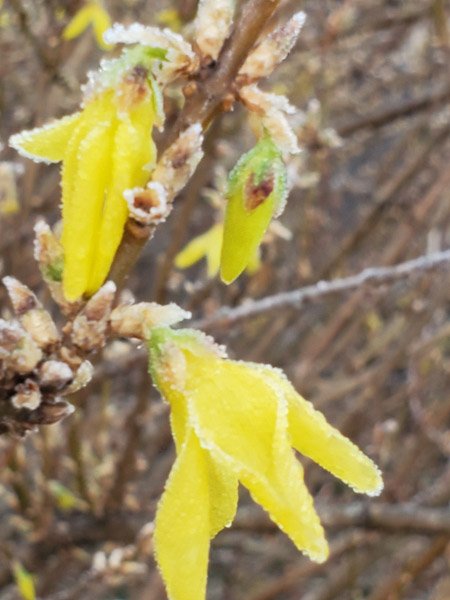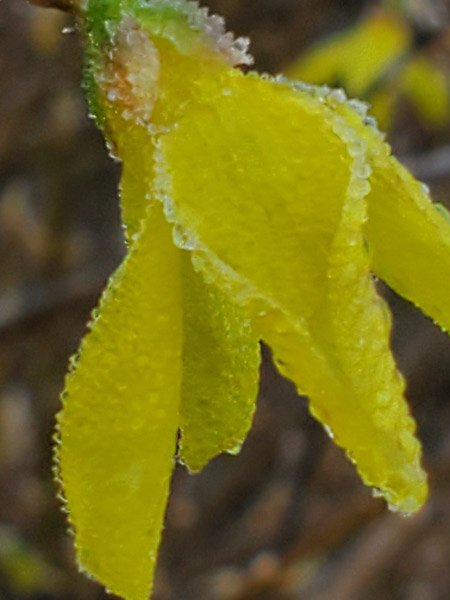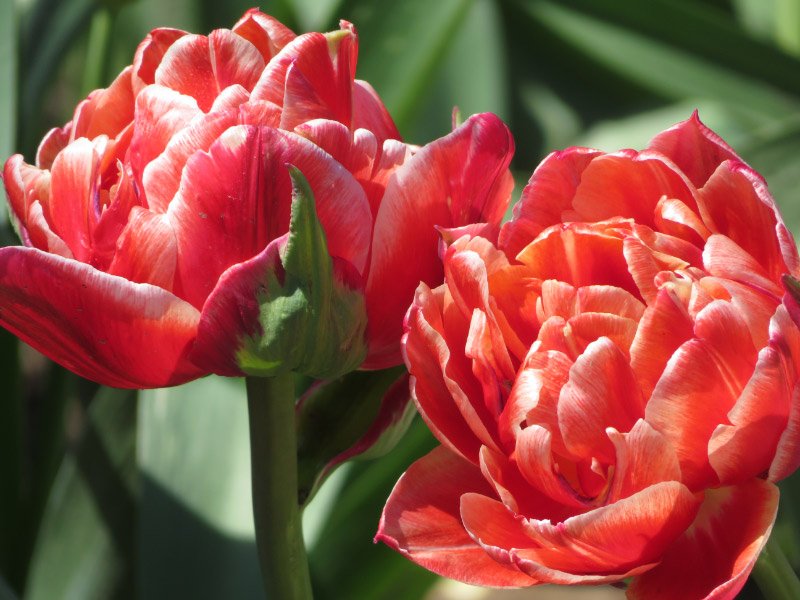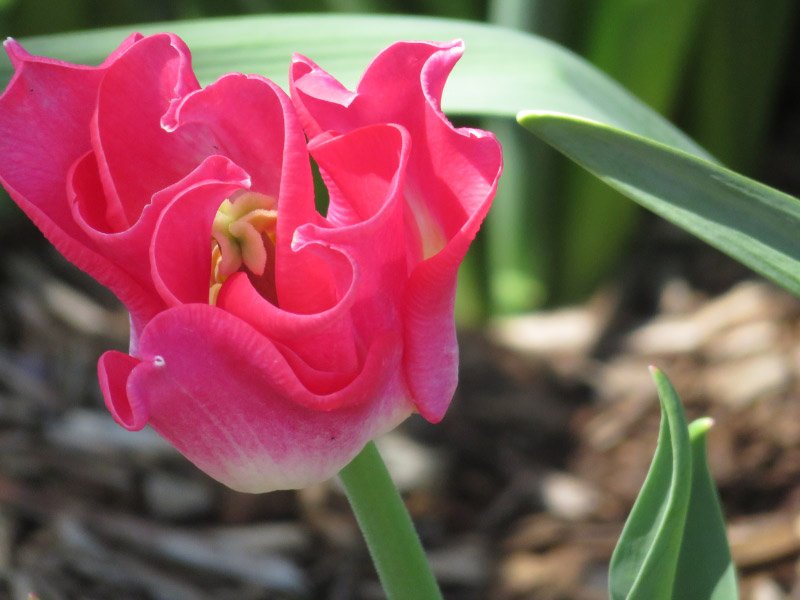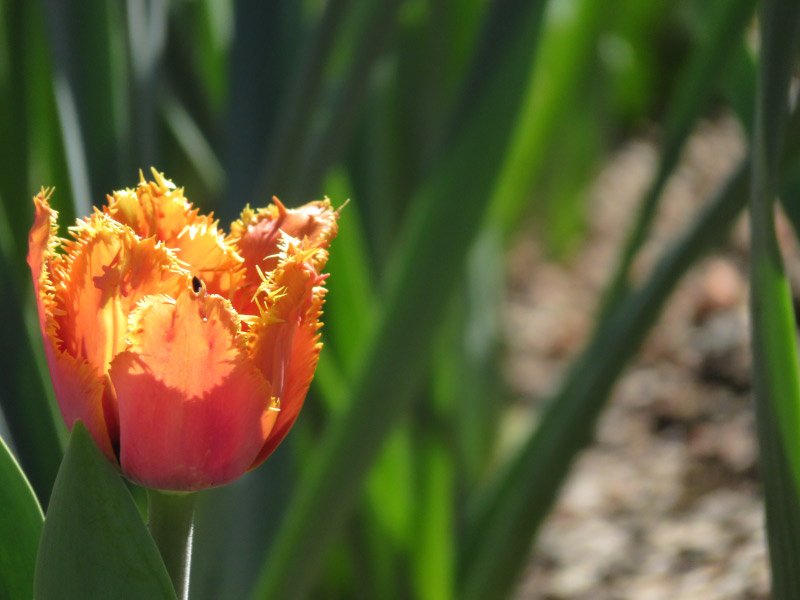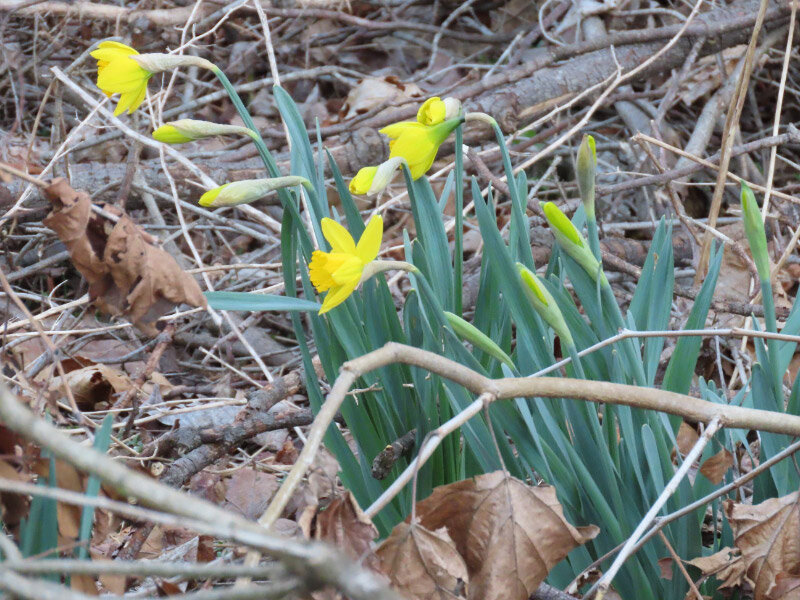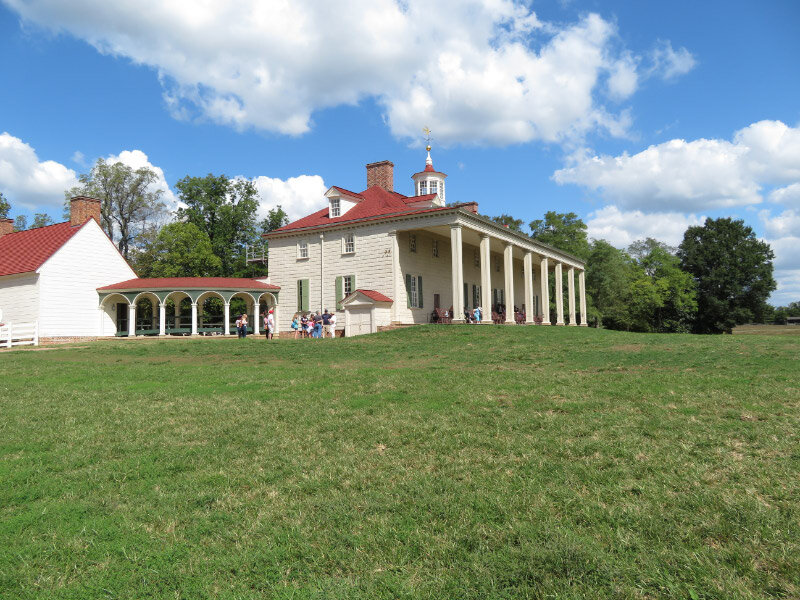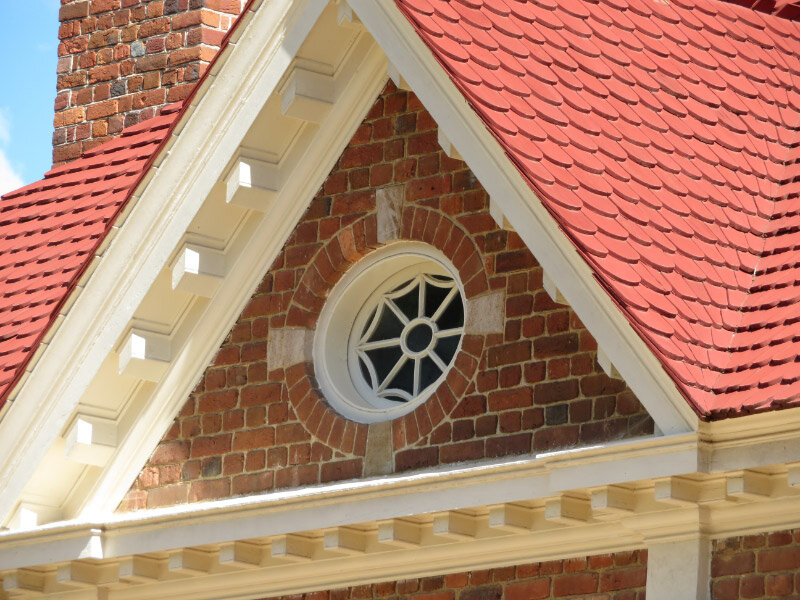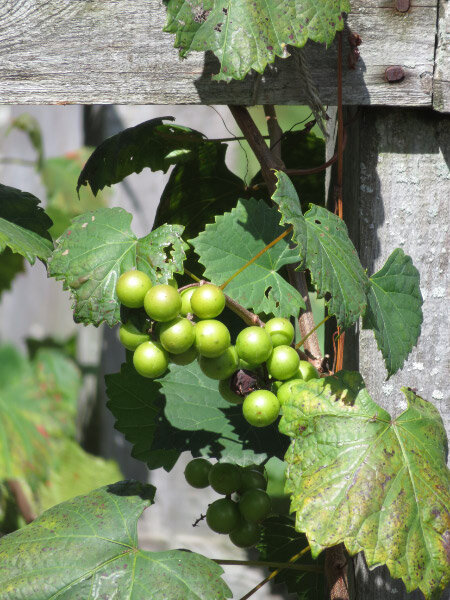Gleanings of the Week Ending May 24, 2025
/The items below were ‘the cream’ of the articles and websites I found this past week. Click on the light green text to look at the article.
American Schools Have Been Feeding Children for More Than 100 Years. Here’s How the School Lunch Has Changed - The National School Lunch Program is the longest running children’s health program in U.S. history, and it has an outsized impact on nutritional health.
Pompeii’s Most Fascinating Finds of the Decade—So Far - From children's drawings to ancient fast-food counters, new finds continue to reshape our understanding of daily life in the ill-fated Roman city. very year, archeologists come across remains and artifacts that broaden our understanding of what daily life in Pompeii and, by extension, the rest of the Roman Republic was like.
Where in the world are babies at the lowest risk of dying? – Data collected by countries…and then tweaked to be made more consistent so that comparisons can be done. It’s about how to look at statistical data.
How gardening can help you live better for longer - In 2015, Norway became one of the first countries to create a national dementia care plan, which includes government-offered daycare services such as Inn på tunet – translated as "into the yard" – or care farms. Now, as researchers recognize the vast cognitive benefits of working on the land, more communities are integrating gardening into healthcare – treating all kinds of health needs through socially-prescribed activities in nature, or green prescriptions.
Chasing Unicorns: A Photographer’s Journey Documenting Rhino Conservation - Bringing the rhinos from one conservancy to another was a monumental effort. A photographer documented the work of conservationists and veterinarians.
Gilded-Age Tiffany Window Heads to Auction with Multimillion-Dollar Price Tag - With most surviving examples of Louis Comfort Tiffany’s mastery of mottled glass still affixed to the walls of churches or stately homes, purchasing opportunities are rare.
Pit Stops on the Monarch Flyway: Arkansas Partnership Benefits Pollinators - You just don’t see as many monarch butterflies as you used to. Researchers have documented that eastern populations of monarchs have declined by as much as 80 percent since the 1990s. A partnership in Arkansas is restoring pollinator habitat, providing those critical stops for butterflies to rest and feed. The habitat is also utilized by migratory songbirds and northern bobwhite, a popular gamebird that has seen significant declines.
Vitamin supplements slow down the progression of glaucoma - In glaucoma, the optic nerve is gradually damaged, leading to vision loss and, in the worst cases, blindness. High pressure in the eye drives the disease, and eye drops, laser treatment or surgery are therefore used to lower the pressure in the eye and thus slow down the disease. n experiments on mice and rats with glaucoma, the researchers gave supplements of the B vitamins B6, B9 and B12, as well as choline. This had a positive effect. A clinical trial has been started to see if the vitamins have the same impact in people.
163 Treasures from King Tut’s Tomb Arrive at the Grand Egyptian Museum - The museum one step closer to staging the first-ever complete display of the legendary boy king’s golden treasures. I remember the two King Tut exhibits I have views – in New Orleans and Baltimore.
Sulfur runoff amplifies mercury concentrations in Florida Everglades - Sulfur applied to sugarcane crops in South Florida is flowing into wetlands upgradient of Everglades National Park, triggering a chemical reaction that converts mercury into toxic methylmercury, which accumulates in fish.














